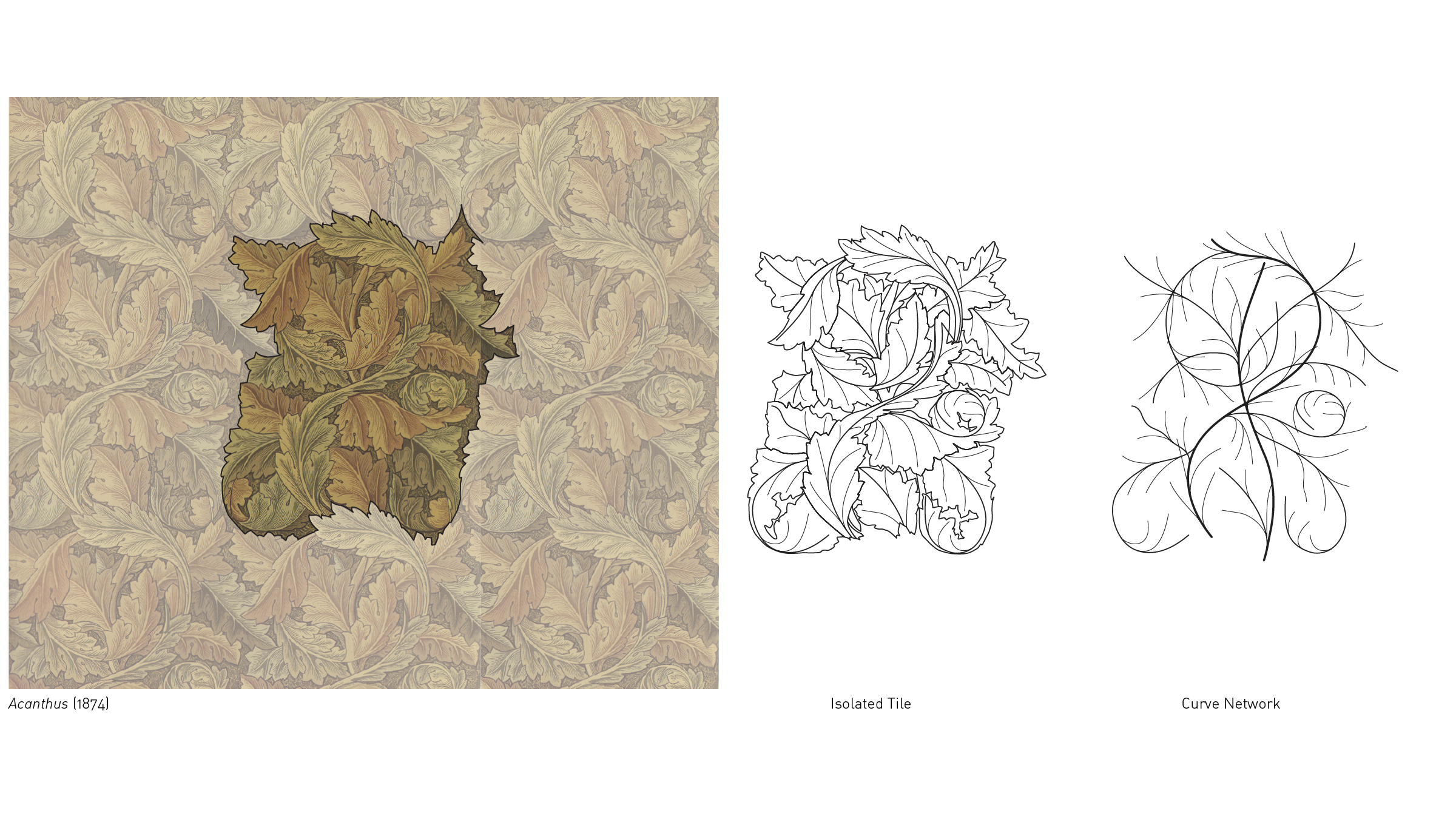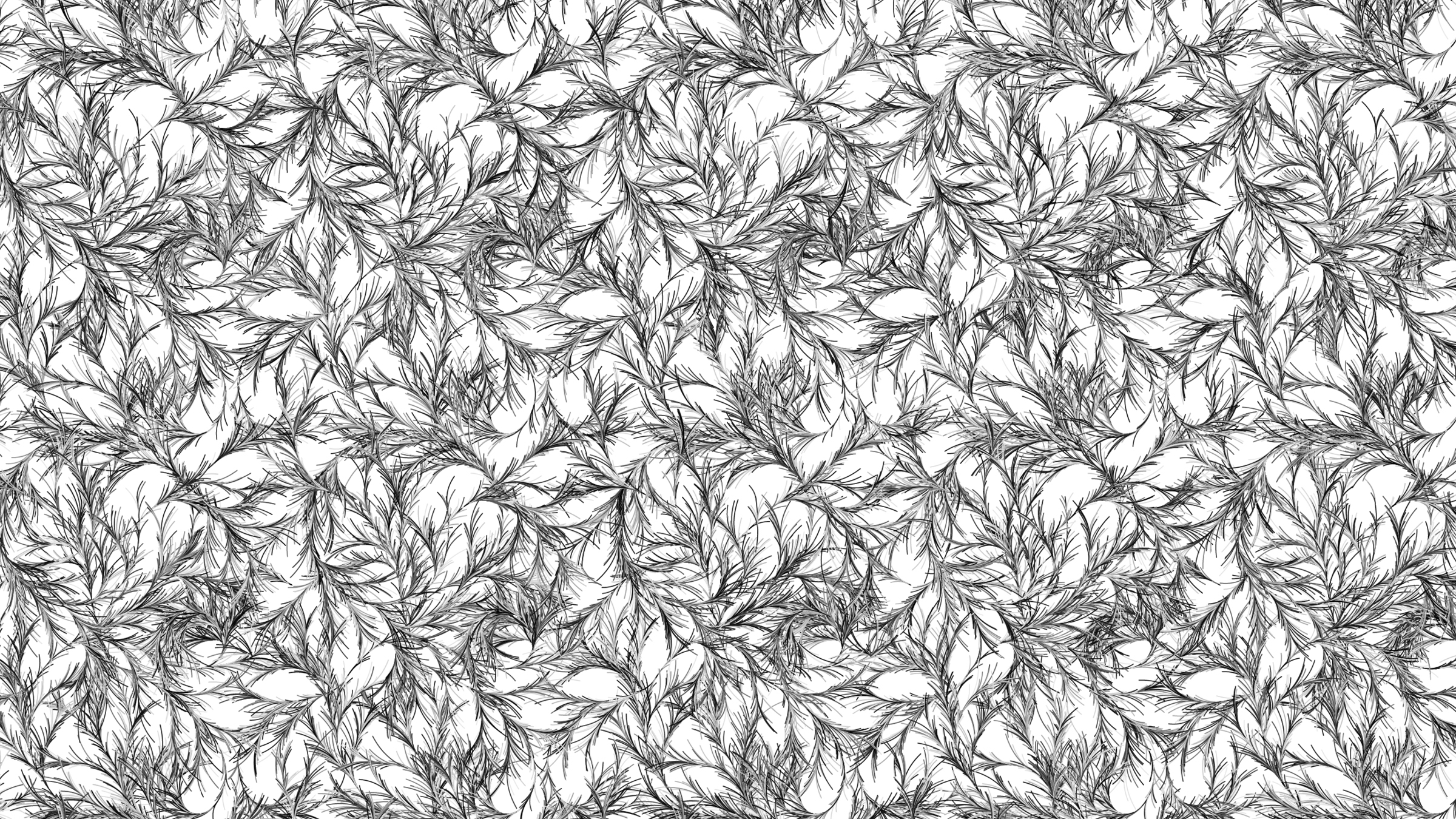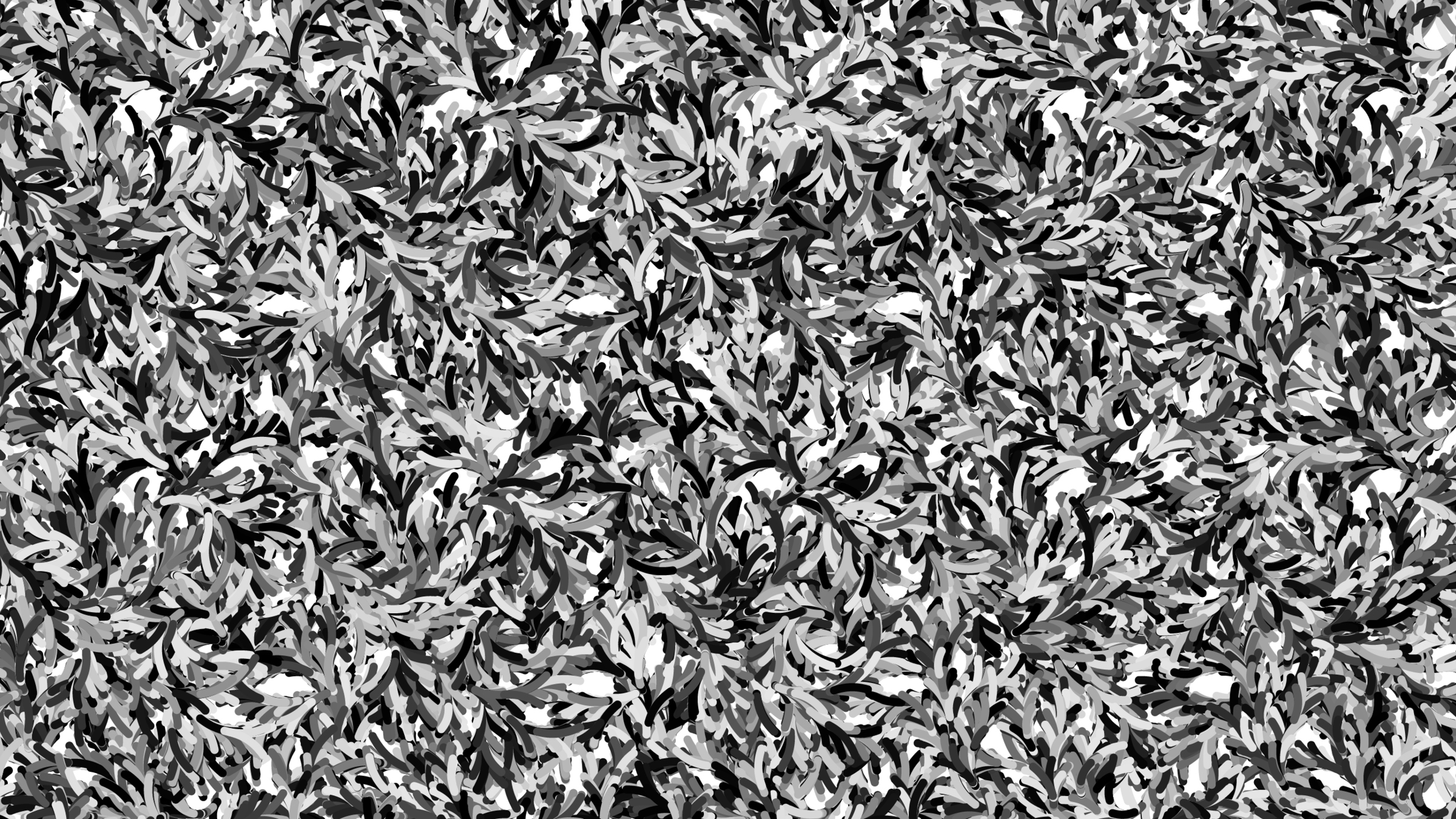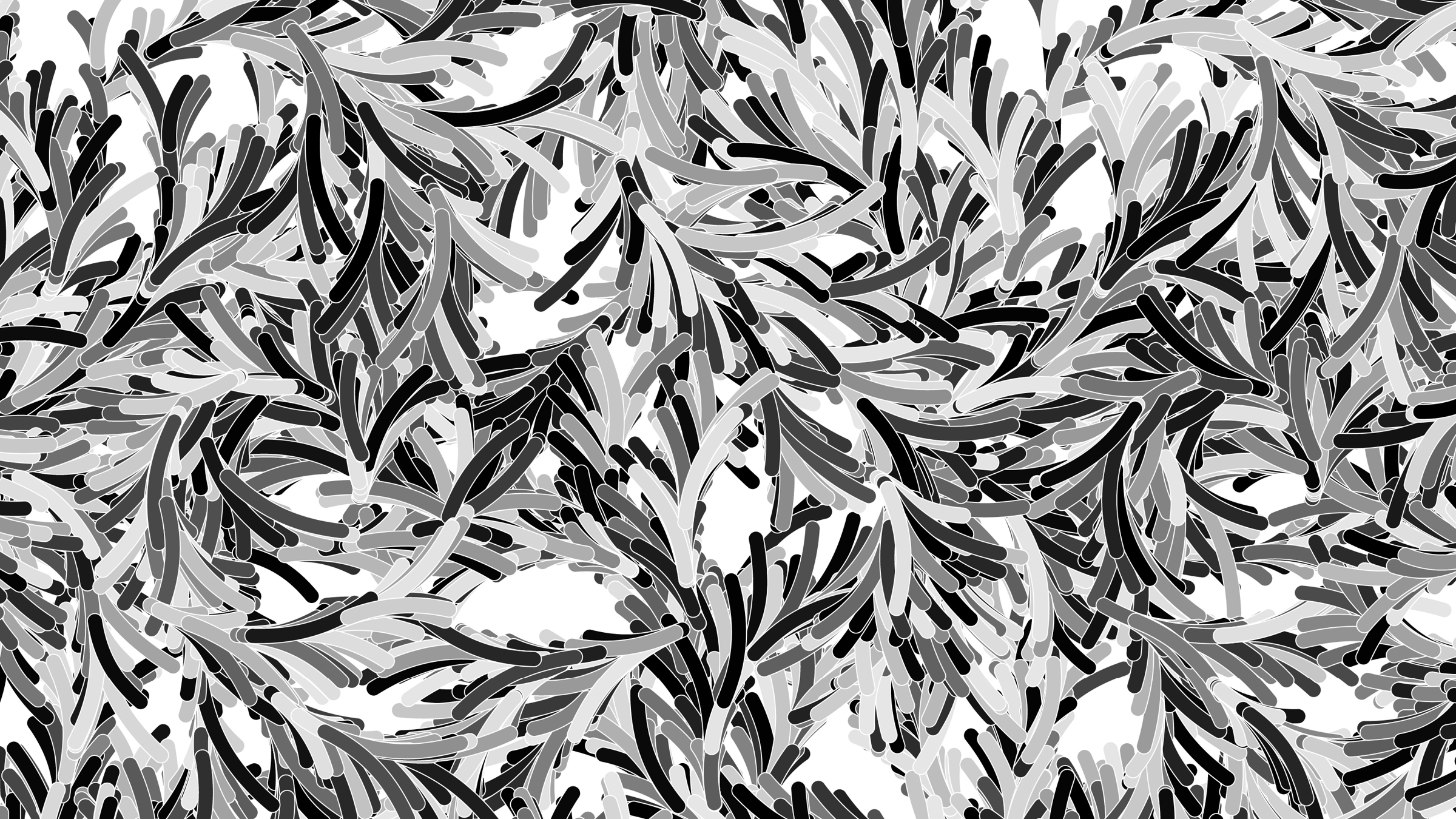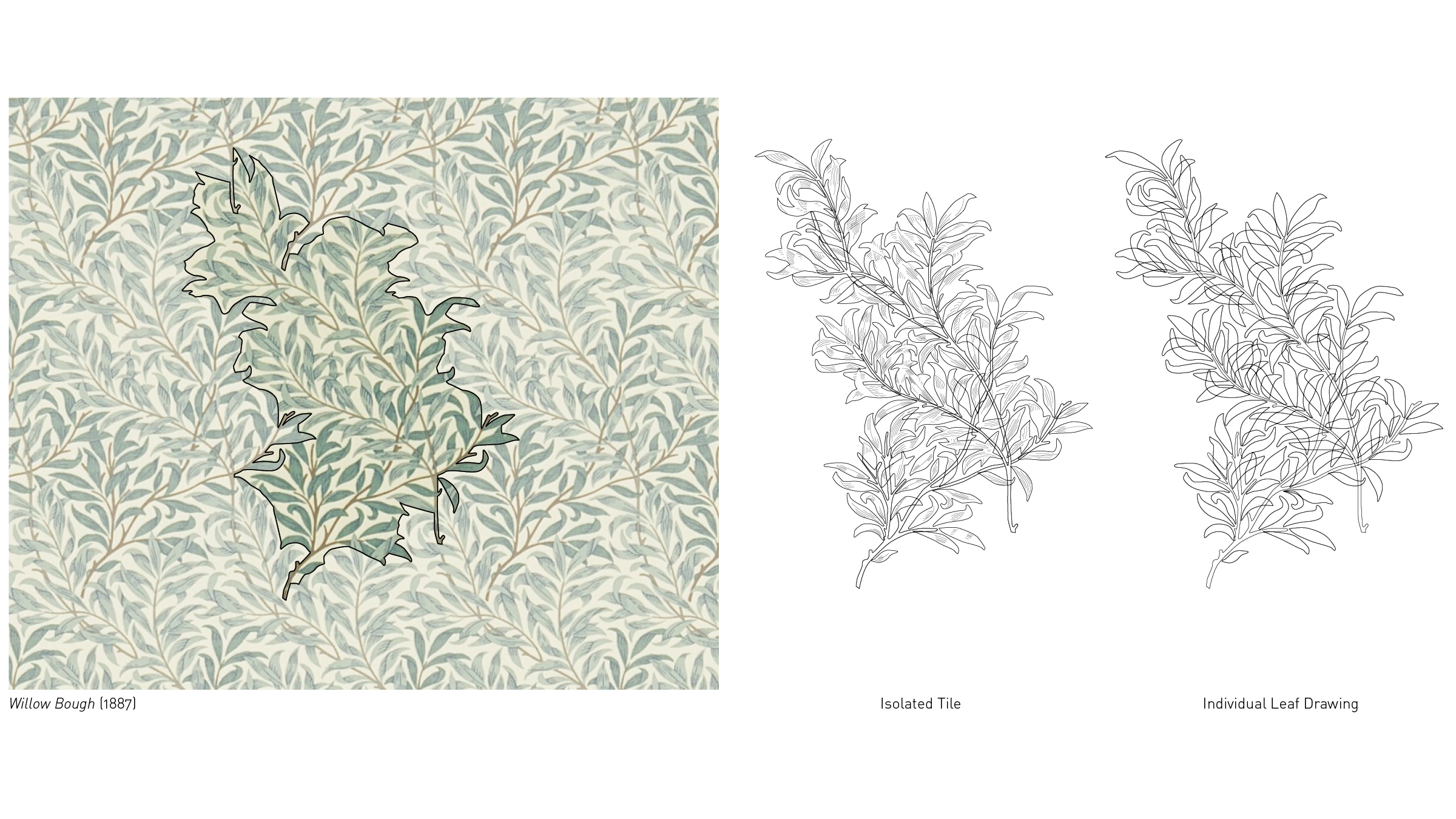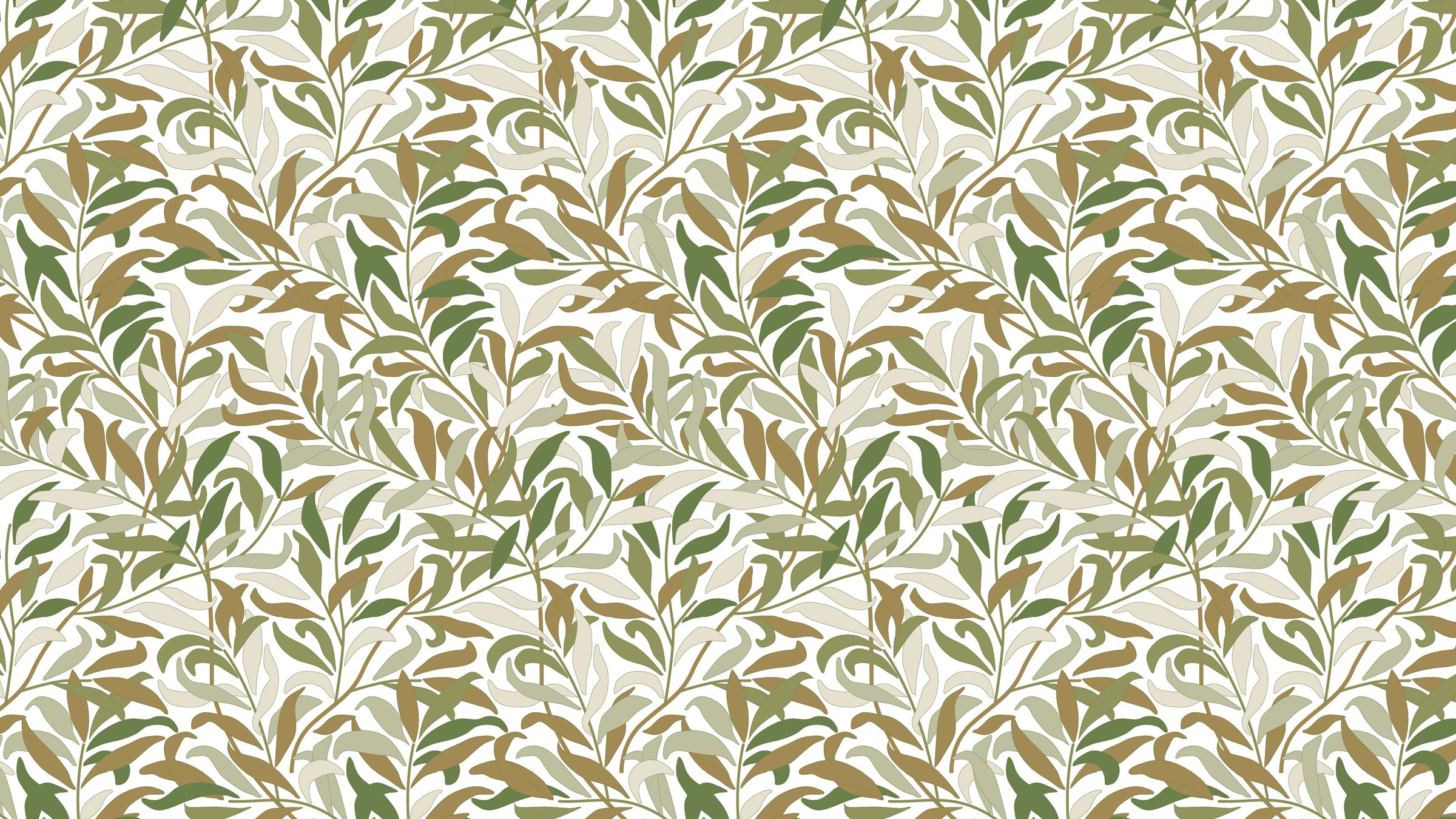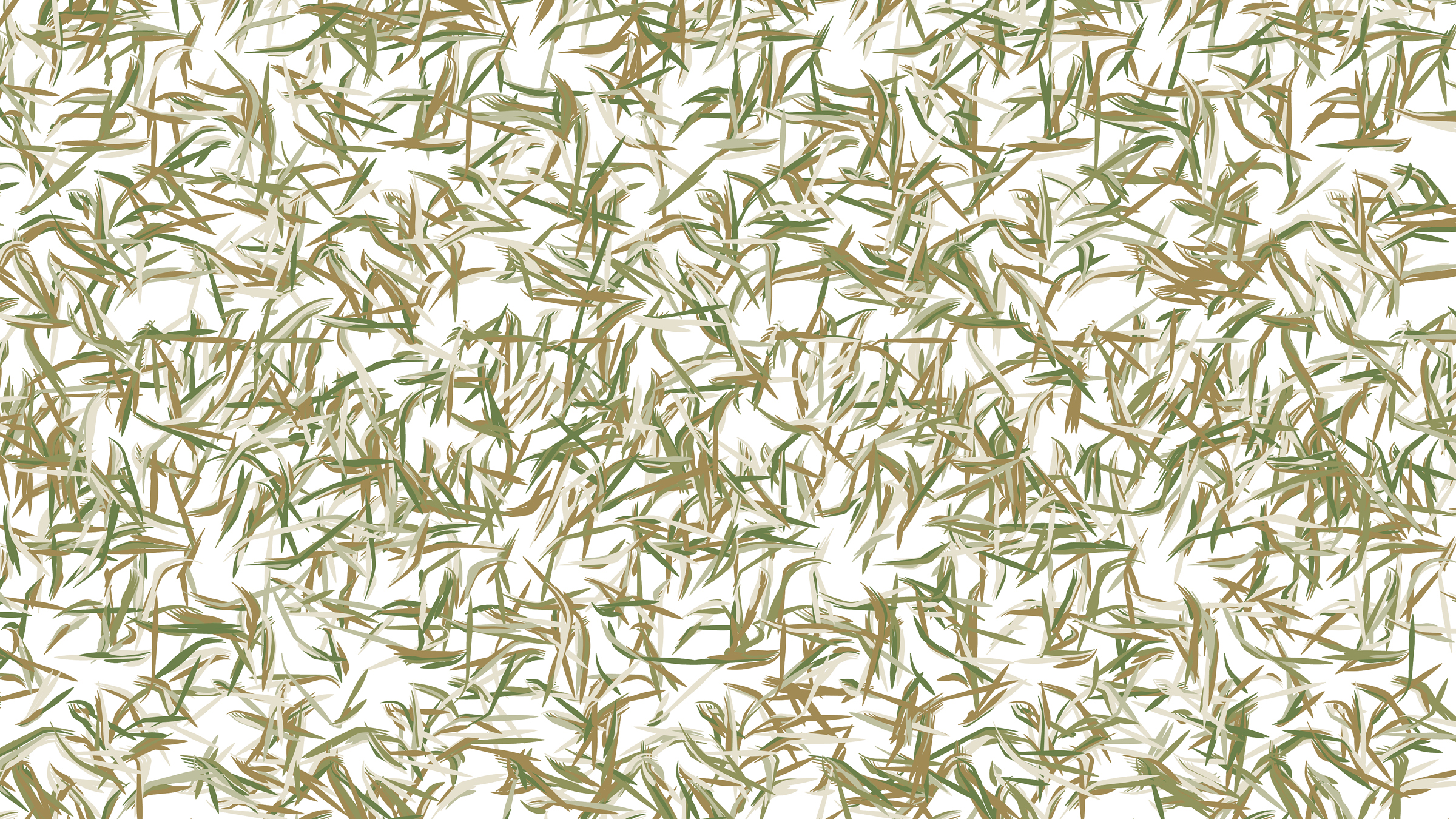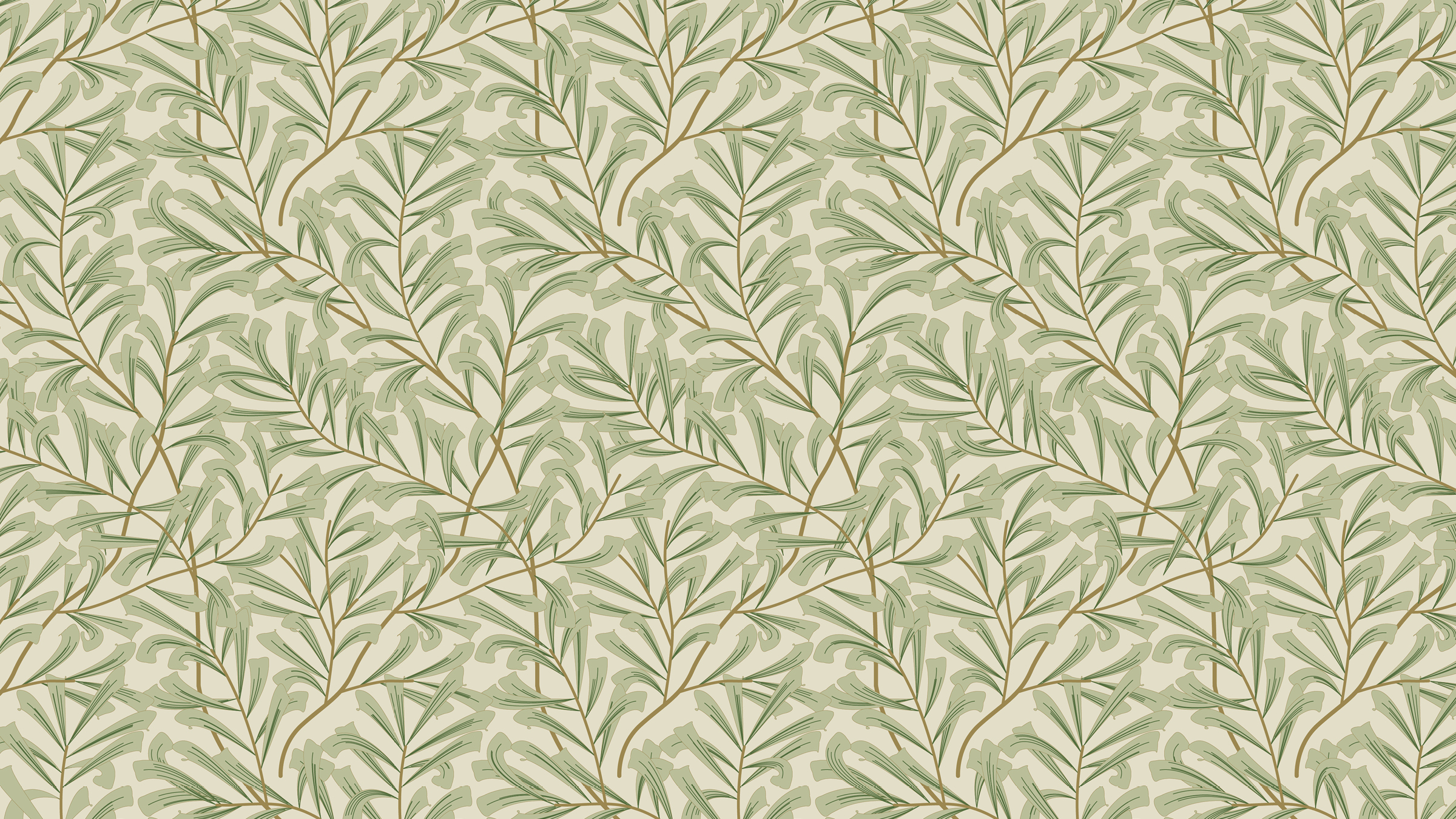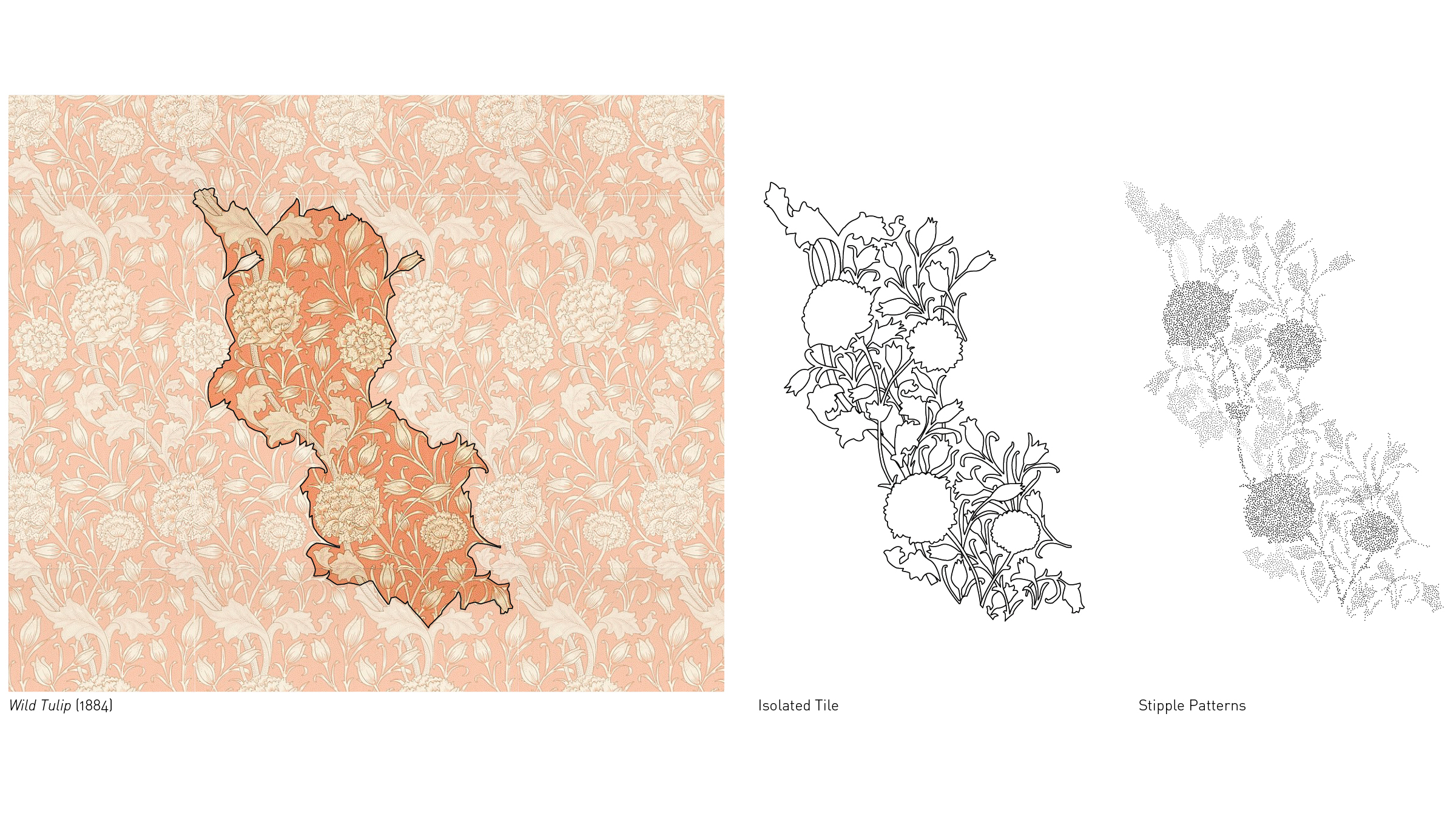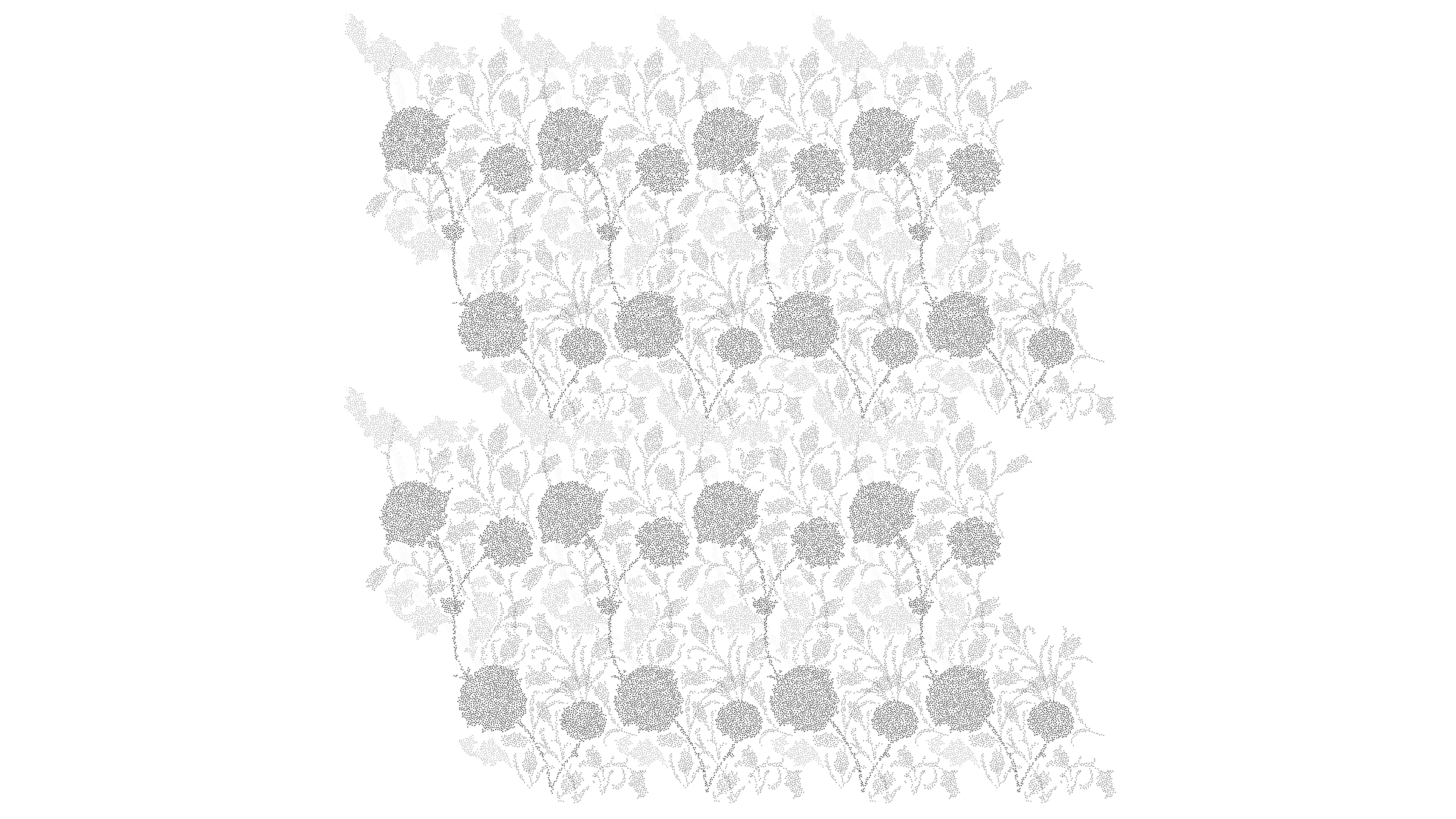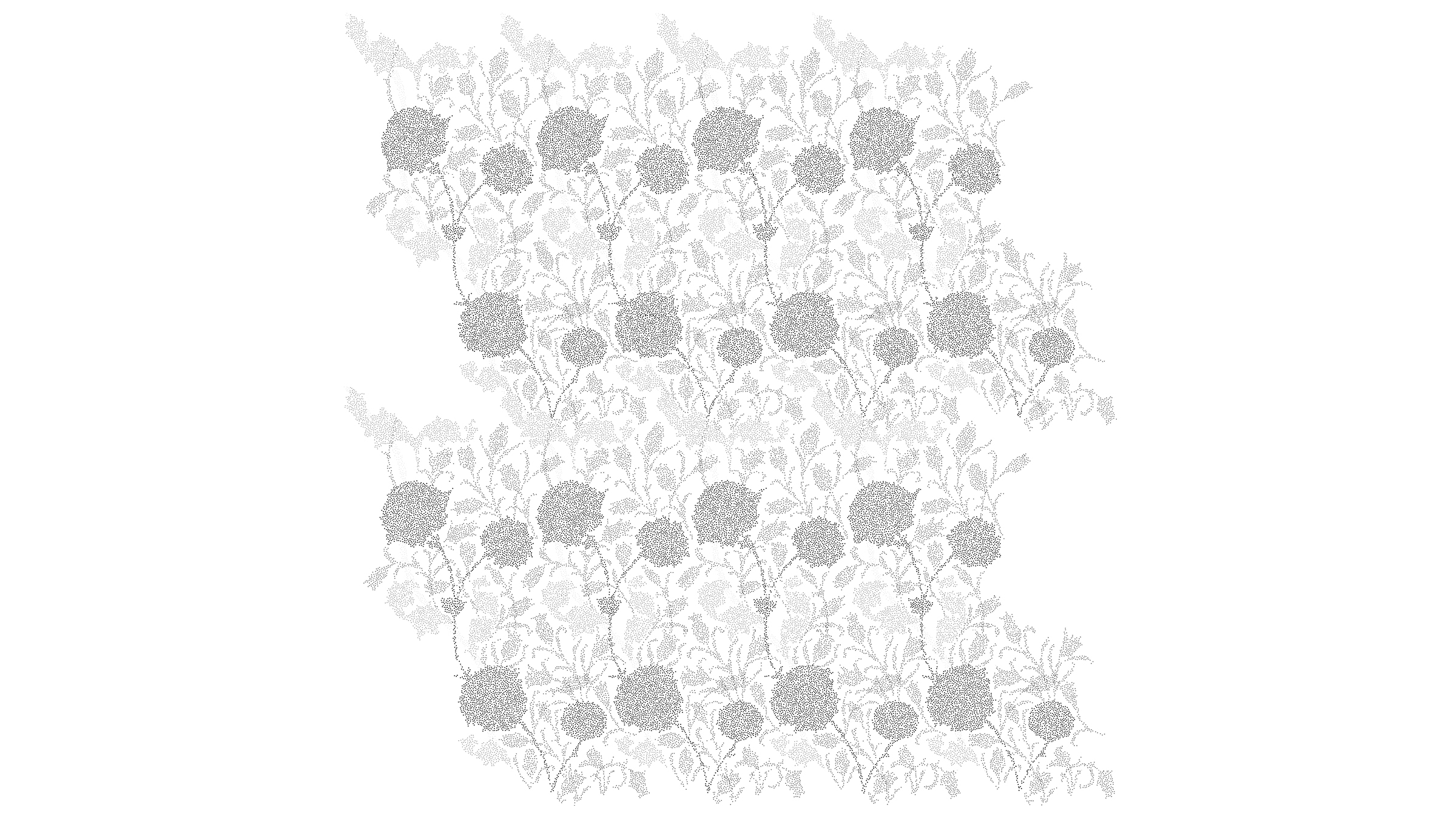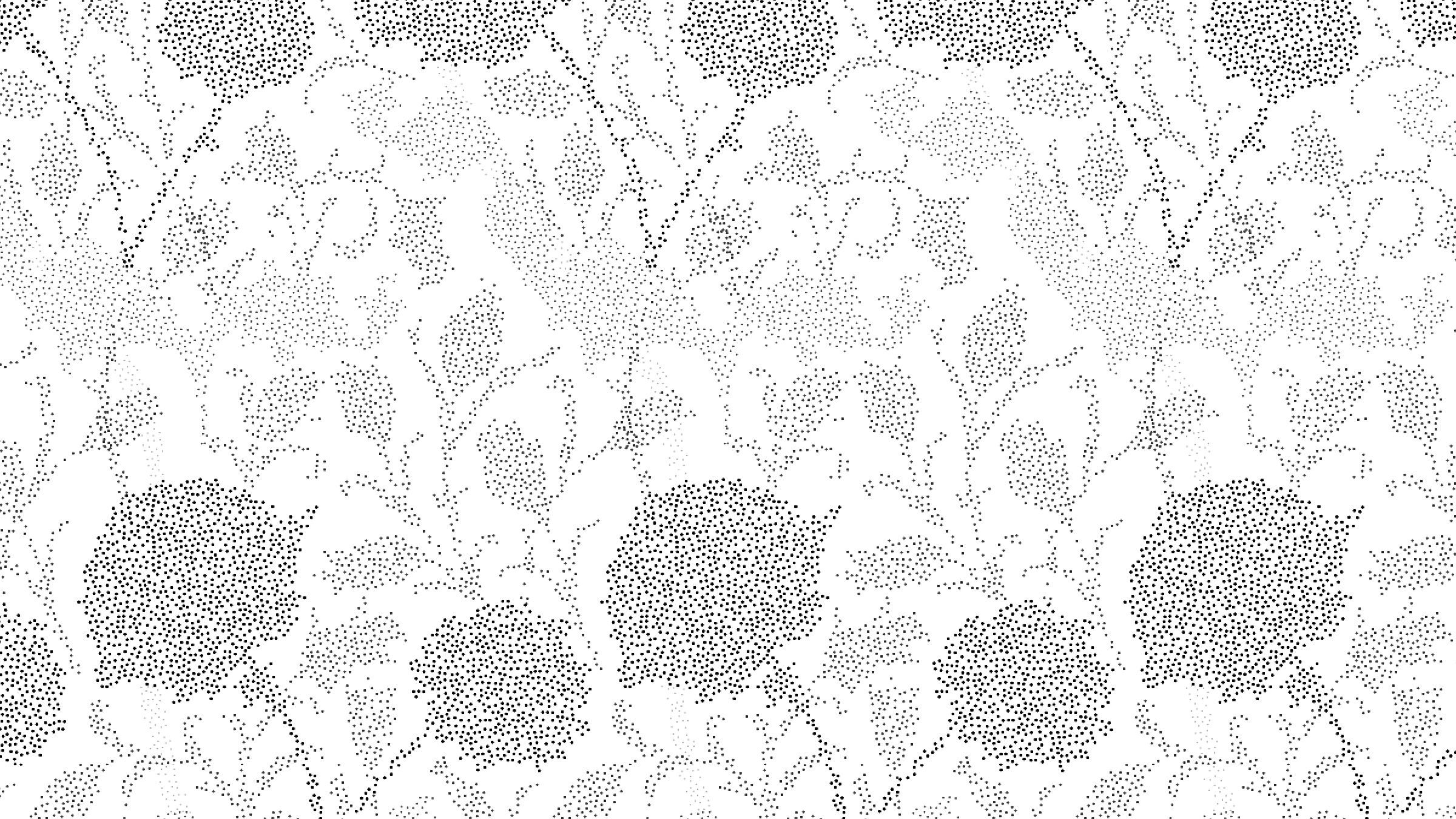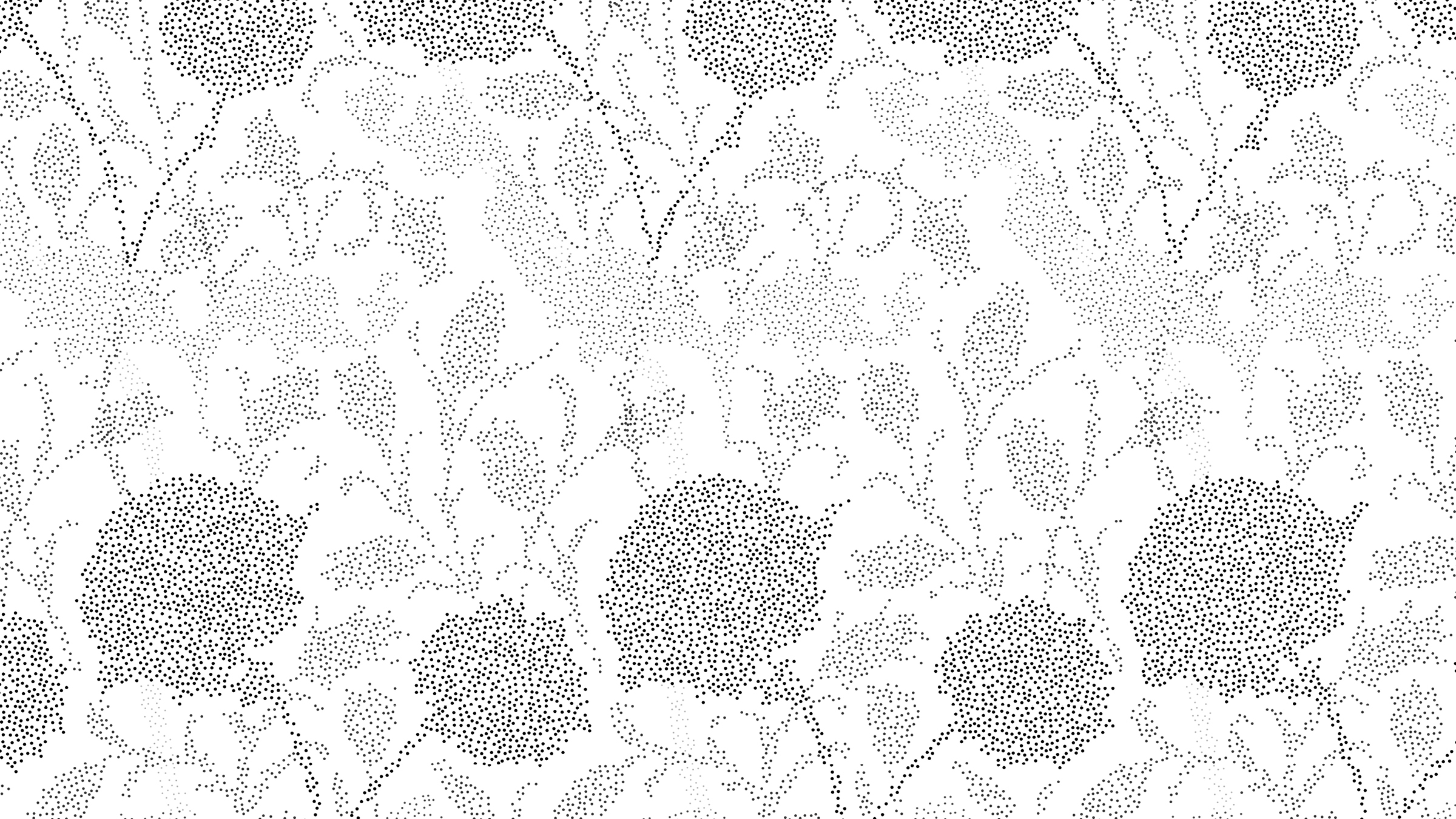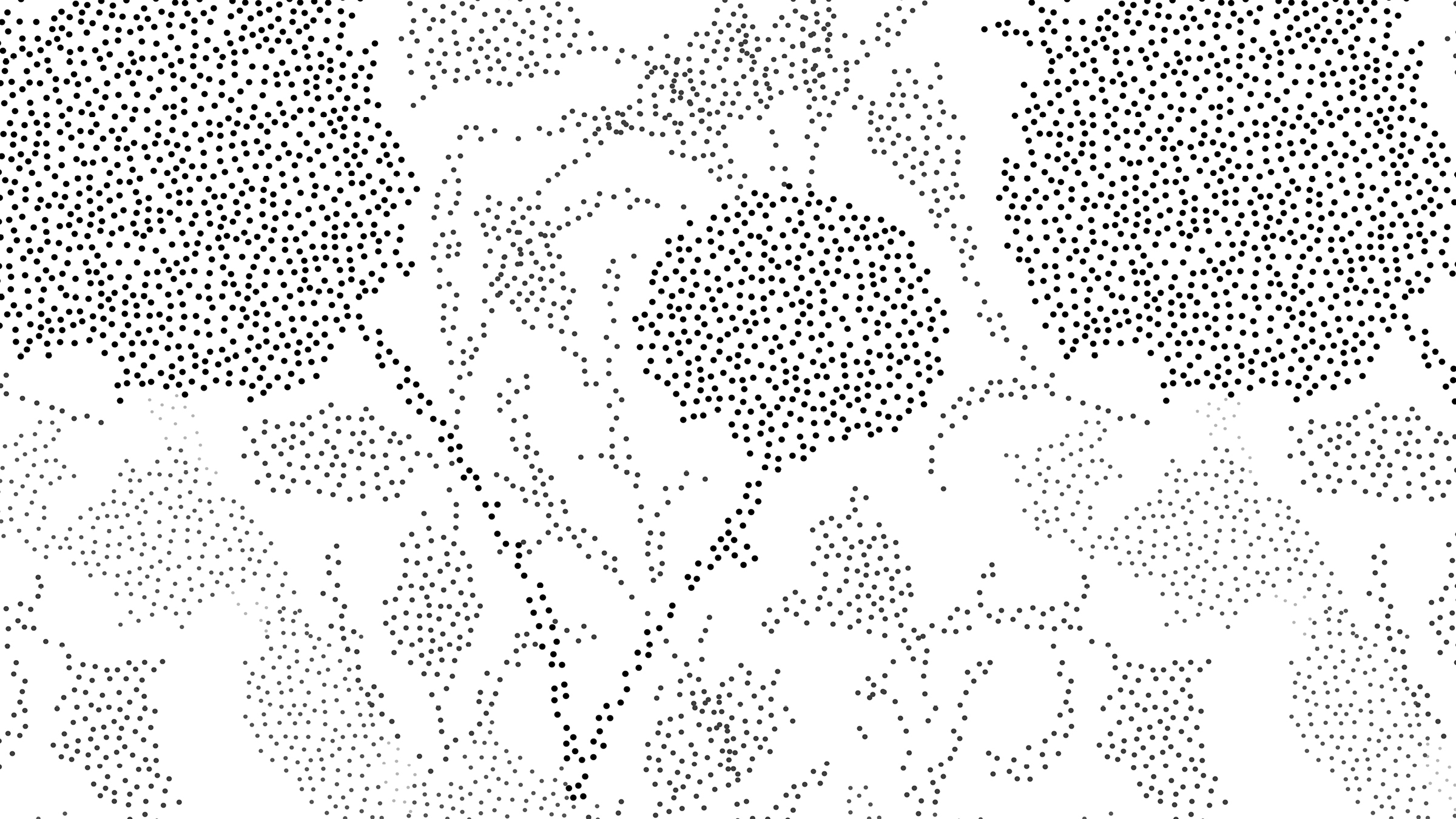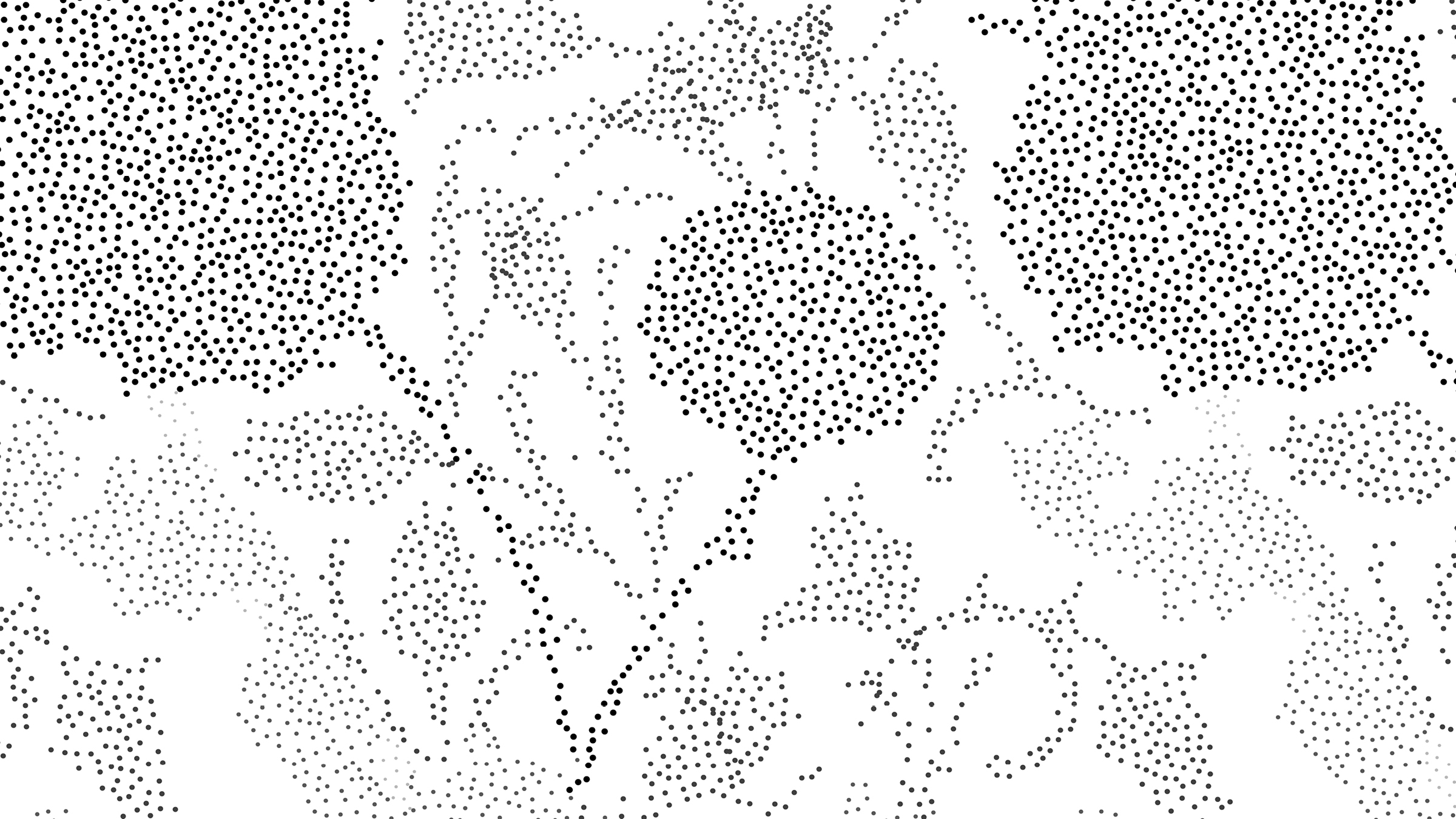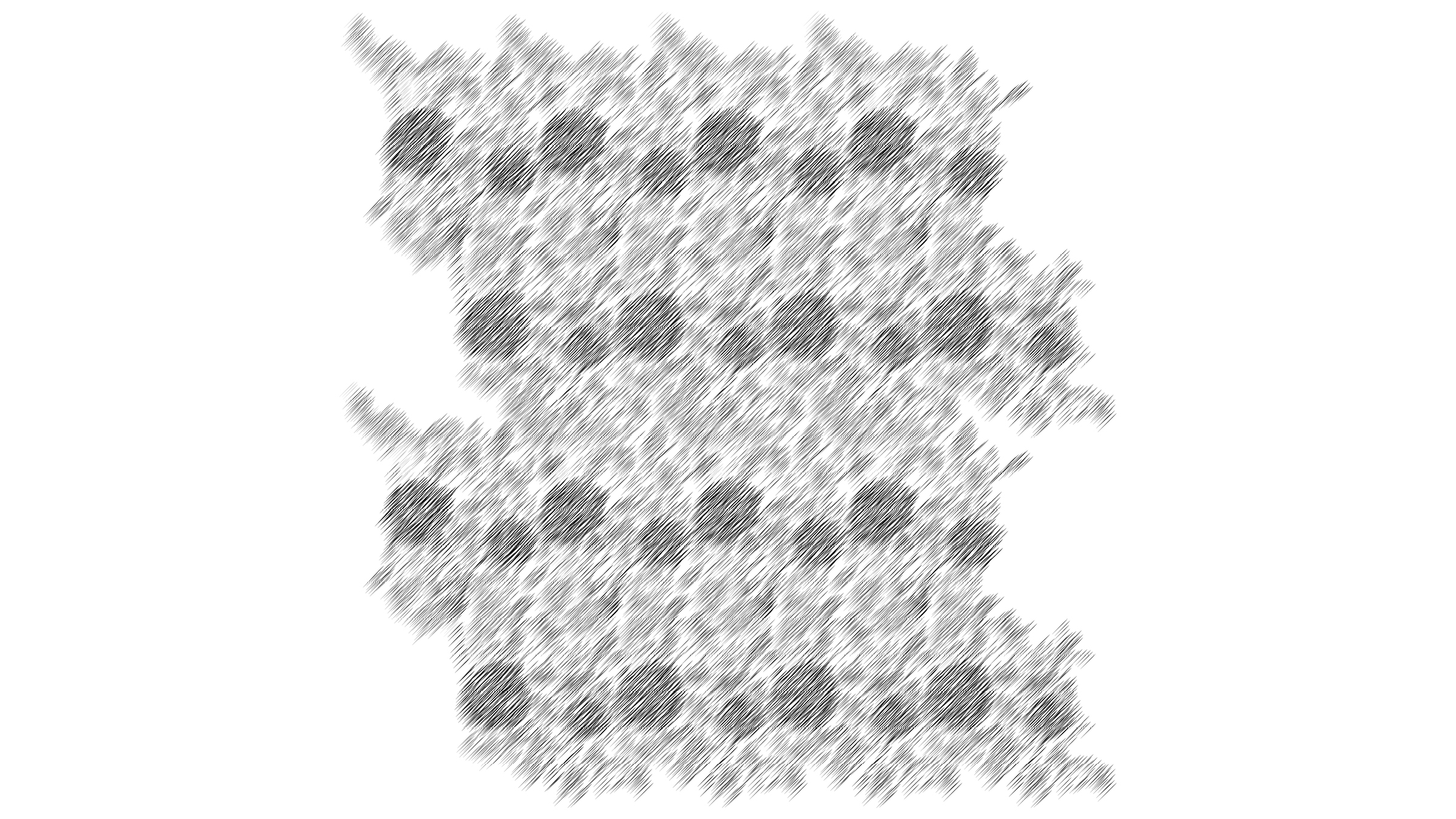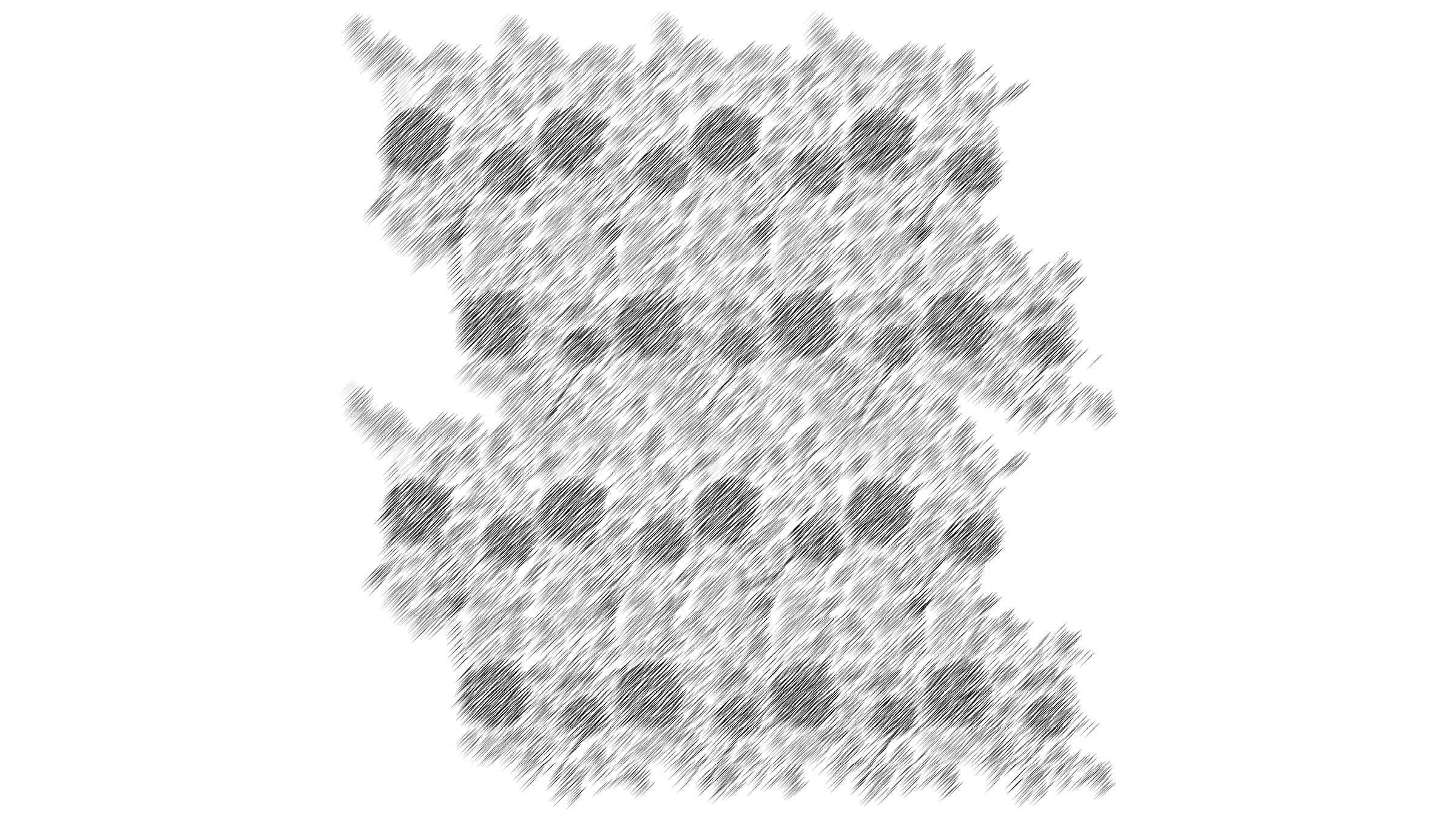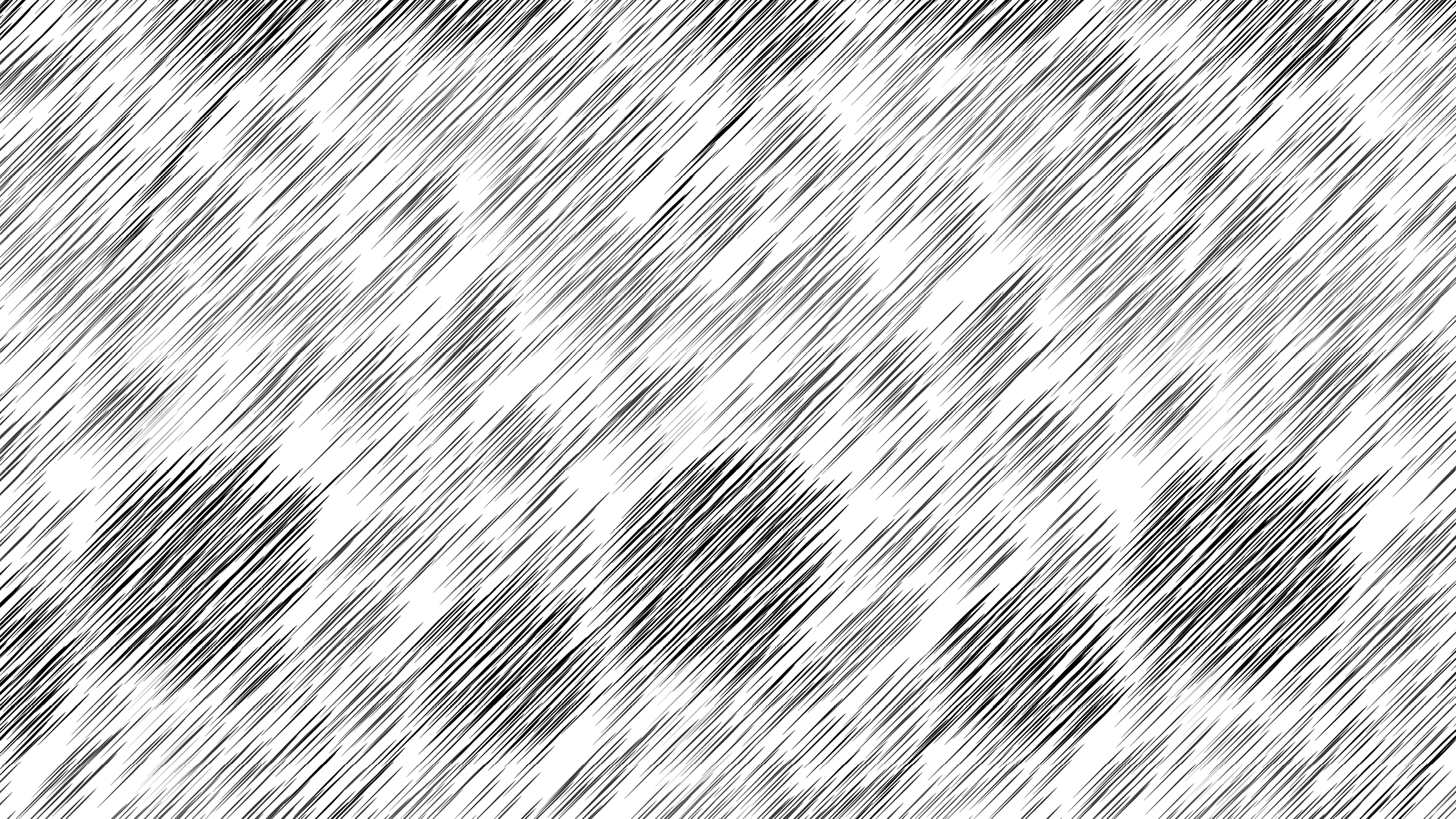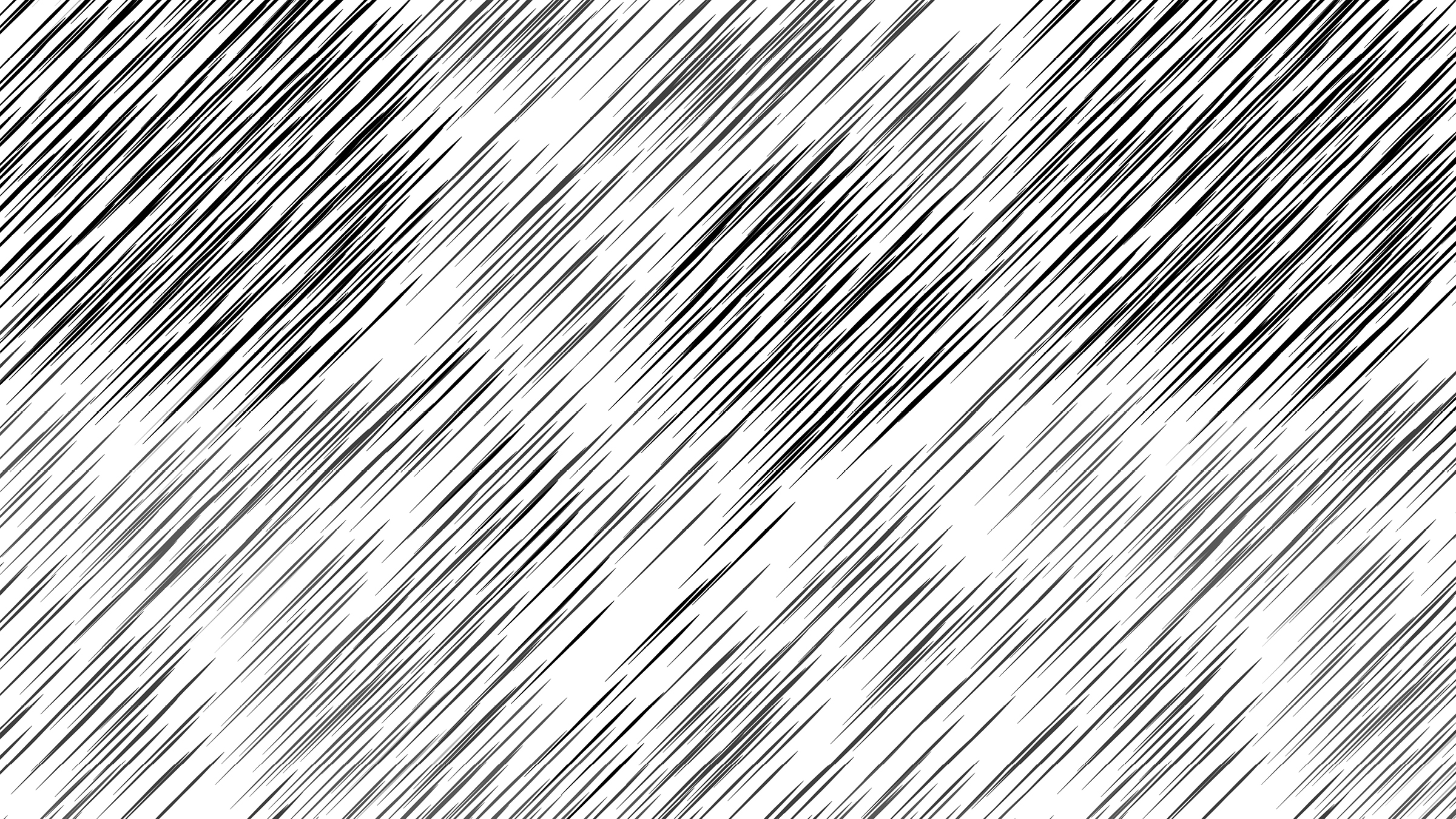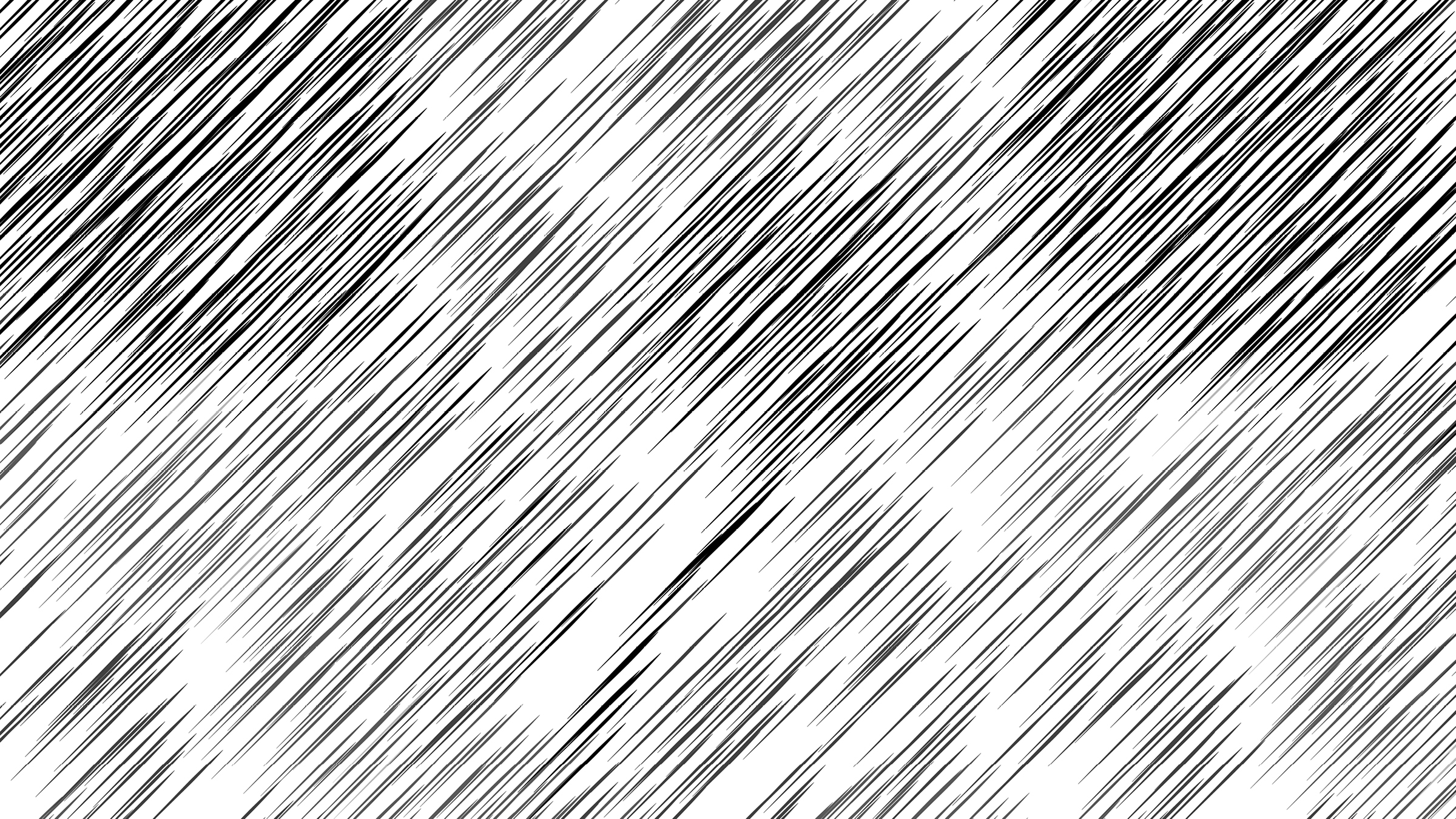Repetition and Difference, After William Morris
2016
Published in Drawing Futures: Speculations for Contemporary Drawing for Art and Architecture
This series of drawings uses the wallpaper pattern designs of William Morris as the basis for an exploration of the production of difference in architectural drawing. Morris, the late nineteenth-century industrialist and polymath, is notable for, among many other things, the collection of iconic wallpaper patterns produced by his decorative arts firm, Morris & Co. These patterns, often associated with the British Arts & Crafts movement, are celebrated for their floral exuberance and exceptional visual richness. But they also represent a remarkable example of an artist successfully reconciling aesthetic intent with limitations of technology and means of production. The printing presses in Morris’s factory operated within the paradigm of standardized mass production that defined the Industrial Revolution. The machines maintained a high degree of quality and consistency from one print to the next, but the identical repetition of each print presented an obstacle to Morris’s obsessive desire to conceal the edge that is inevitably produced in any tiled system. The response to this tension between constraints of production and design intent was to accept the recursive logic of the printing press, but also to subvert it by developing deliriously layered geometries that produced enough visual complexity to mask the tile’s boundary.
Today, we face a very different and almost opposite dilemma with regard to the relationship between technology and variation. Equipped with technologies of mass customization that enable the production of endless difference, we are no longer bound to the limits of standardization that so constrained Morris and his contemporaries. But this unfettered variation has become a new kind of deterministic technological constraint – particularly in contemporary architectural production, where boundless, parametric differentiation now represents the de facto status quo. This project looks to the example of William Morris as a way to develop a rigorous, thoughtful and productive approach to designing the relationship between standardization and variation. It begins with a detailed analysis of a selection of Morris’s original patterns: tracing the geometries, diagramming the underlying network of curves, and understanding both their logics of repetition and the visual subversion of that repetition. This information – DNA derived from Morris’s sophisticated and complex geometries – is then input into a digital parametric framework, which allows for the careful and iterative introduction of subtle difference into the system. The resulting studies maintain the precedent’s repetitive logics, but explore how calibrated variation in a single parameter – such as quantity of branches, layering of leaves, or coloration of the pattern – can produce new optical effects across the field.
Project Credits:
Design: Adam Marcus, Frederico Leite Gonçalves

